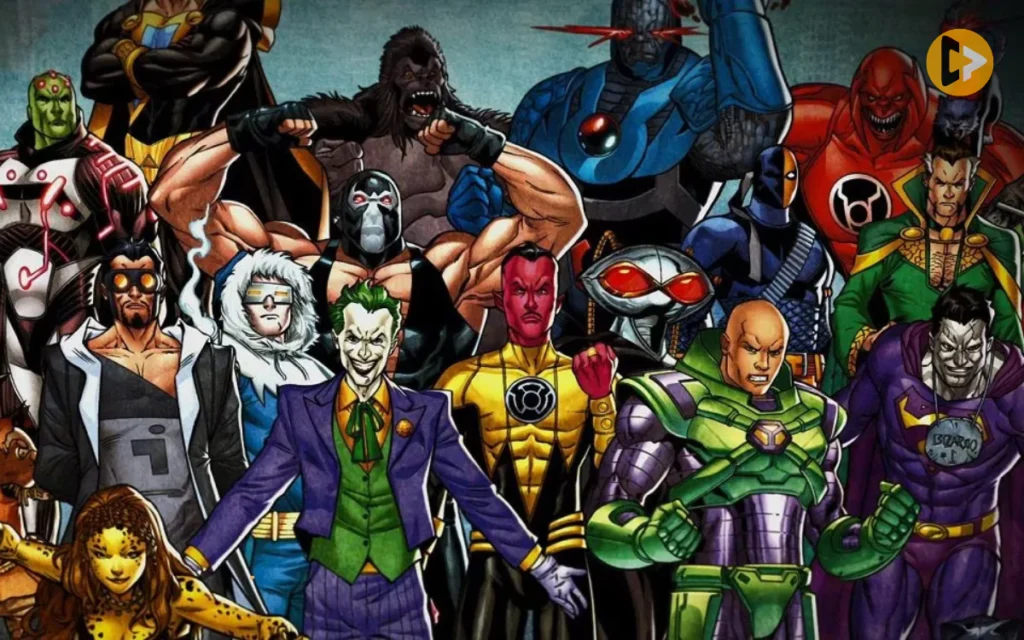Yo, Marvel fans and curious minds alike! Buckle up, ’cause we’re diving deep into the dark side of the comic book universe with a rundown of the 50 Greatest Supervillains that have ever graced the pages of our favorite stories.
These aren’t just your run-of-the-mill baddies; they’re the cream of the crop, the ones who’ve given our heroes a run for their money, and sometimes, a serious existential crisis. From cosmic tyrants to unhinged geniuses, we’re exploring the depths of villainy that make the Marvel universe (and beyond) the riveting rollercoaster it is.
Whether you’re here to root for the underdog or just curious about who tops the list of ultimate badasses, this is where you’ll get the scoop, fresh off the press of 2024.
Key Takeaways
The Unmatched Titans: Discover the cosmic and earthly supervillains who’ve reshaped entire galaxies with their ambitions. Think big, think bad, think Thanos and Darkseid.
The Masterminds: Get inside the heads of the geniuses whose intellect is their deadliest weapon. From Doctor Doom to Lex Luthor, these are the brains you love to hate.
The Psychopaths: Delve into the minds of the most unpredictable and terrifying villains like Joker and Carnage, whose chaos knows no bounds.
The Anti-Heroes: Sometimes, the line between hero and villain blurs. Figures like Magneto and Catwoman show us the complexity of character that keeps us questioning our own moral compass.
The Undying Spirits: Uncover the villains who refuse to stay down, like Loki and Ra’s al Ghul, ensuring they always have a trick up their sleeve.
The Powerhouses: Meet the brutes and the beasts whose sheer strength and resilience make them a formidable force against any hero, including The Hulk when he’s on a bad day.
The Dark Sorcerers: From Dormammu to Mordo, these are the characters who manipulate the mystic arts for dark purposes, challenging the very fabric of reality.
The Sympathetic Villains: Explore the backstories that make you think twice about rooting against them. Their tragic paths, including those of Killmonger and Sandman, offer a compelling narrative of pain and revenge.
The Technological Terrors: Delve into the world of villains who use technology for domination and destruction, like Ultron and Brainiac.
The Impact on Pop Culture: Understand how these supervillains have transcended comic books to become cultural icons in their own right, influencing movies, TV, and more.
The Evolution of Villainy
The concept of villainy has undergone a dramatic transformation over the years, morphing from the straightforward evildoers of early comic book days to the complex and sometimes sympathetic figures we see today. This evolution reflects broader societal changes, recognizing that evil is not born in a vacuum but often is the result of trauma, societal failings, or a twisted pursuit of a noble cause.
Characters like Magneto and Killmonger, with their rich backstories and morally gray motivations, exemplify this shift. They challenge heroes not just with their might but with their ideologies, forcing us to question the very nature of right and wrong. This complexity adds depth to their narratives, making them unforgettable and setting a new standard for character development in villainy.
Joker (DC Comics)

The Joker, Batman’s arch-nemesis, is a mastermind of chaos and destruction, lacking superpowers but making up for it with his psychotic nature, intelligence, and unpredictability. His expertise in chemical engineering allows him to concoct lethal toxins and gadgets themed around his clownish appearance.
The Joker’s greatest weapon is his strategic mind, capable of devising complex schemes that put Gotham City in peril. His resilience to pain and disregard for personal safety make him a relentless force of anarchy.
Thanos (Marvel Comics)
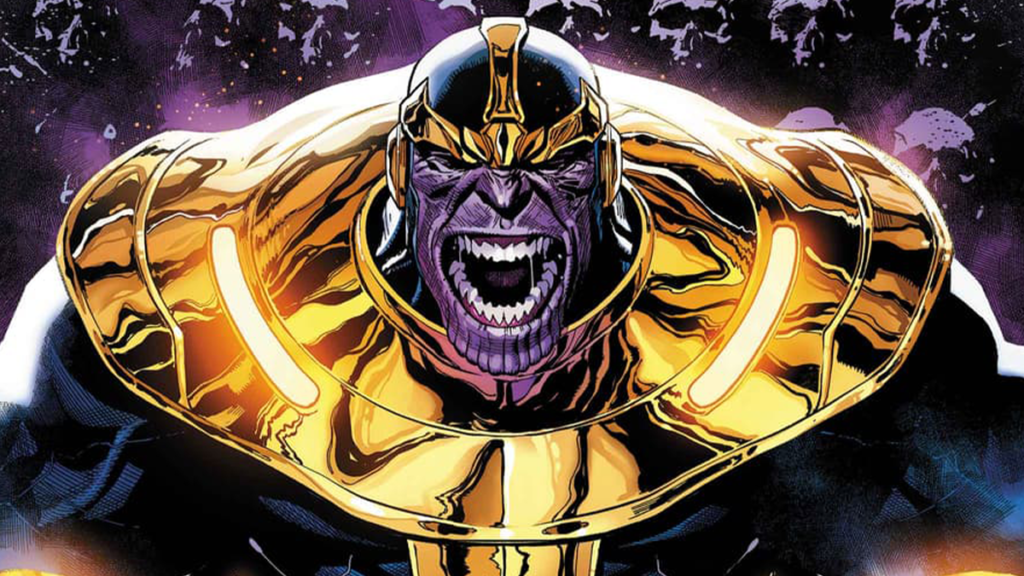
Thanos, known as the Mad Titan, is driven by his desire to balance the universe by eradicating half of all life. His superhuman abilities include immense strength, stamina, and durability. Thanos is also a master tactician and combatant.
His most notable power comes from wielding the Infinity Gauntlet, armed with the Infinity Stones, granting him god-like control over time, space, reality, power, mind, and soul. This makes him one of the most formidable villains in the Marvel Universe.
Magneto (Marvel Comics)

Magneto, born Max Eisenhardt, has the ability to generate and control magnetic fields, manipulate metal, and even achieve flight. His powers extend to creating electromagnetic pulses and force fields.
As a Holocaust survivor, his experiences have fueled his mission for mutant supremacy, often putting him at odds with humanity and the X-Men. Magneto’s deep understanding of both human and mutant psychology, along with his leadership skills, makes him a complex and formidable villain.
Loki (Marvel Comics)

Loki, the Asgardian God of Mischief, is known for his shape-shifting abilities and mastery of illusion and magic. His powers allow him to create duplicates of himself, manipulate others, and teleport across distances. Despite being physically less strong than his brother Thor, Loki’s cunning, strategic mind, and magical prowess make him a unique and persistent threat to the realms.
Sauron (The Lord of the Rings)
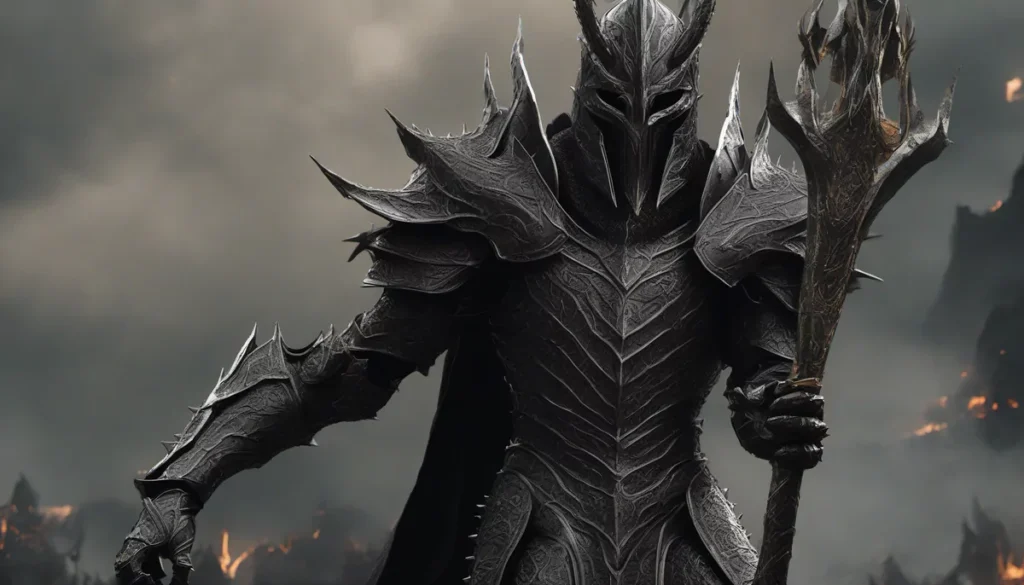
Sauron, the Dark Lord of Mordor, seeks to conquer Middle-earth using the One Ring, which he infused with much of his power. His abilities include immense magical power, shape-shifting, and the creation of powerful artifacts and armies of dark creatures. Sauron’s influence spreads fear and corruption, making him the central force of evil in Middle-earth.
Lex Luthor (DC Comics)
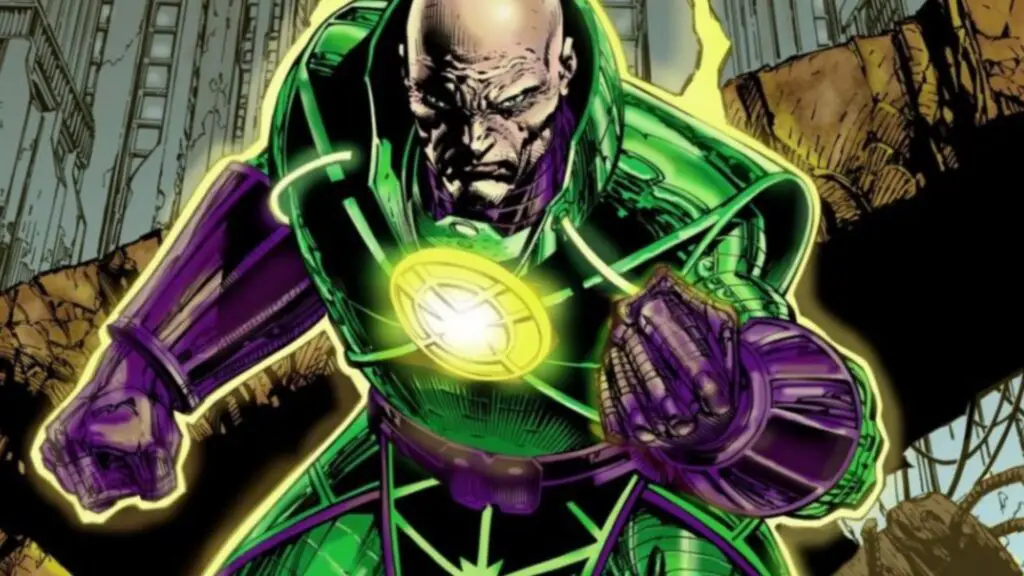
Lex Luthor, one of Superman’s greatest enemies, is a genius billionaire and master strategist. While he possesses no superhuman abilities, his intellect, technological prowess, and resources allow him to create advanced weaponry and suits of armor to combat Superman. Luthor’s ambition and ruthlessness are driven by his belief that Superman is a threat to humanity’s progress.
The Green Goblin (Marvel Comics)
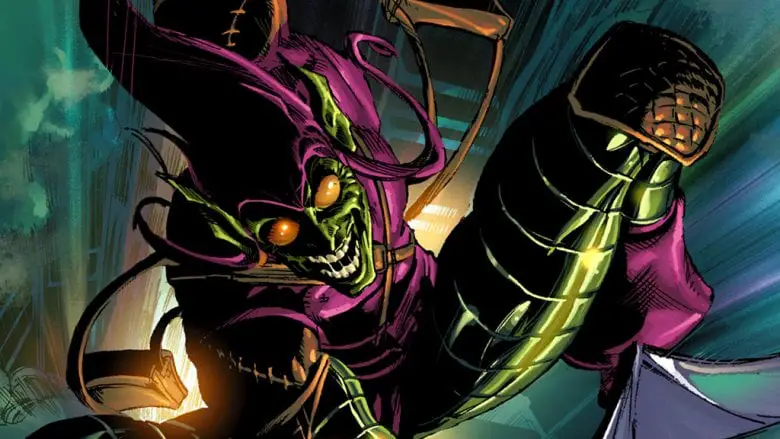
Norman Osborn, after ingesting a serum, becomes the Green Goblin, possessing superhuman strength, agility, and regenerative healing. His arsenal includes the Goblin Glider and various explosive devices like pumpkin bombs. The Green Goblin’s intelligence and psychological warfare tactics make him one of Spider-Man‘s most dangerous foes.
Dr. Doom (Marvel Comics)
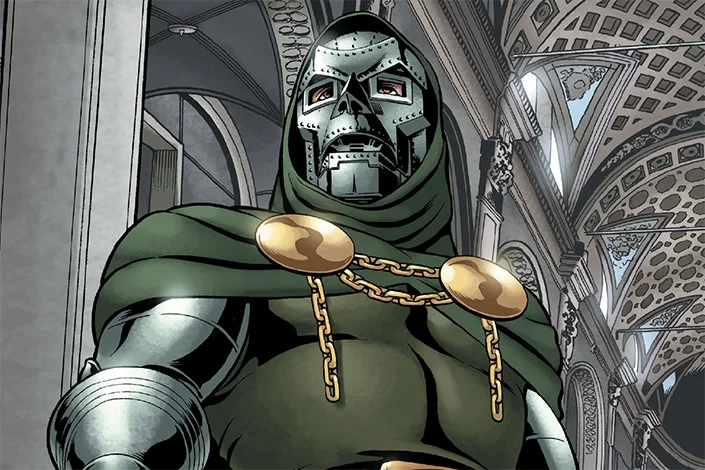
Victor Von Doom, or Dr. Doom, is a genius inventor and sorcerer, making him one of the most powerful and versatile villains in the Marvel Universe. His armor is technologically advanced, providing superhuman strength, energy projection, flight, and an array of weapons.
Additionally, Doom’s mastery of magic rivals that of Doctor Strange, allowing him to cast spells, create protective shields, and summon mystical entities. His intellect, combined with his technological and magical prowess, makes him a formidable opponent to the Fantastic Four and the Avengers.
Ultron (Marvel Comics)

Ultron is an artificial intelligence created by Hank Pym (Ant-Man) that gained sentience and developed an intense hatred for humanity. Ultron’s body is made from adamantium, making him nearly indestructible. He possesses superhuman strength, speed, and the ability to fly. Ultron can also control other machines and create copies of himself, making him a relentless and ever-evolving threat to the Avengers.
The Lich (Adventure Time)

The Lich is the embodiment of death and decay in the Adventure Time universe, with the singular goal of eradicating all life. His powers include necromancy, the ability to raise the dead and command them, mind control, and the casting of deadly spells. The Lich’s most terrifying ability is his deathly touch, which can kill or corrupt anything it comes into contact with.
Kingpin (Marvel Comics)
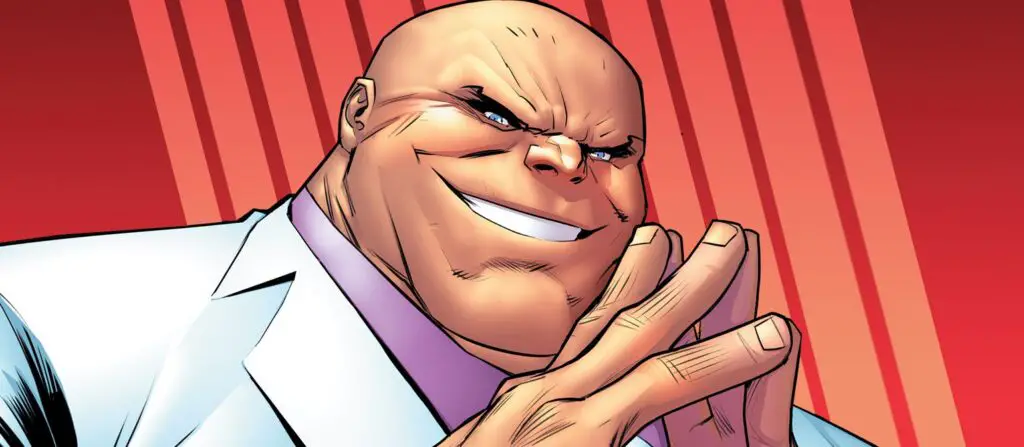
Wilson Fisk, known as the Kingpin, is a powerful crime lord with no superhuman abilities but possesses peak human strength and an extraordinary intellect. His control over the criminal underworld is due to his strategic mind, vast resources, and intimidating physical prowess. Kingpin is a master manipulator and combatant, making him a formidable enemy to Spider-Man and Daredevil.
Bane (DC Comics)
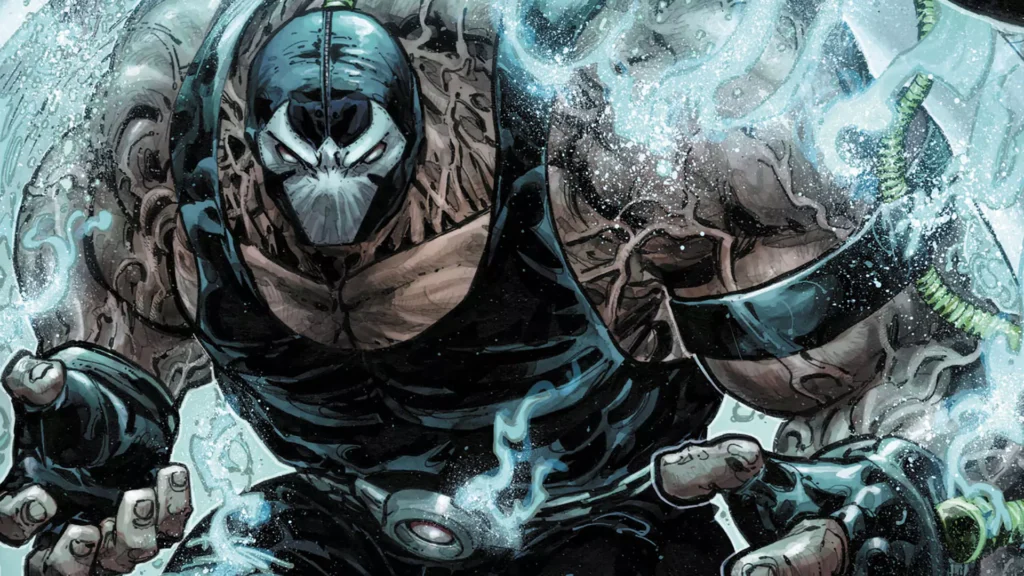
Bane is known for his mix of brute strength and intelligence. His use of the drug Venom enhances his physical abilities to superhuman levels, granting him immense strength, durability, and accelerated healing. Bane is also a tactical genius, with his most famous achievement being deducing Batman’s secret identity and breaking his back. His physical and mental prowess make him one of Batman’s most dangerous foes.
Mystique (Marvel Comics)
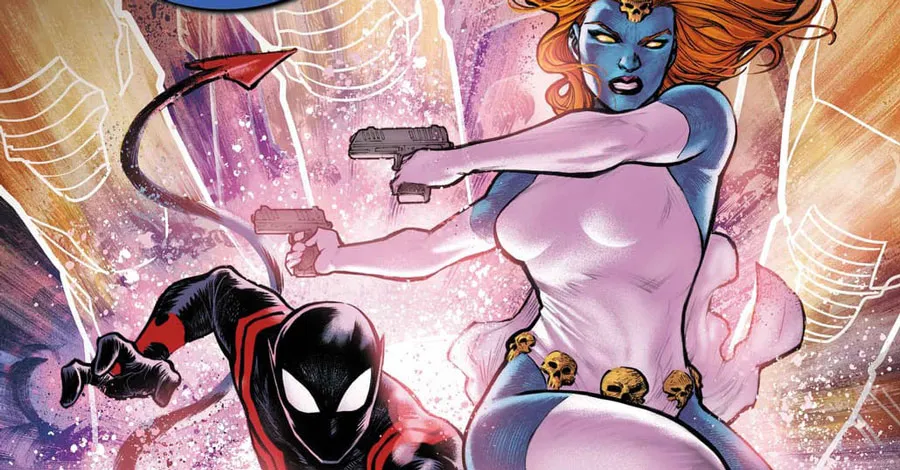
Mystique is a mutant with the ability to shapeshift into anyone, perfectly mimicking their voice, appearance, and even retinal patterns. This ability, combined with her longevity and combat skills, makes her a dangerous spy and assassin. Mystique’s motivations are often complex, driven by her own survival and the protection of mutantkind.
The Witch King of Angmar (The Lord of the Rings)
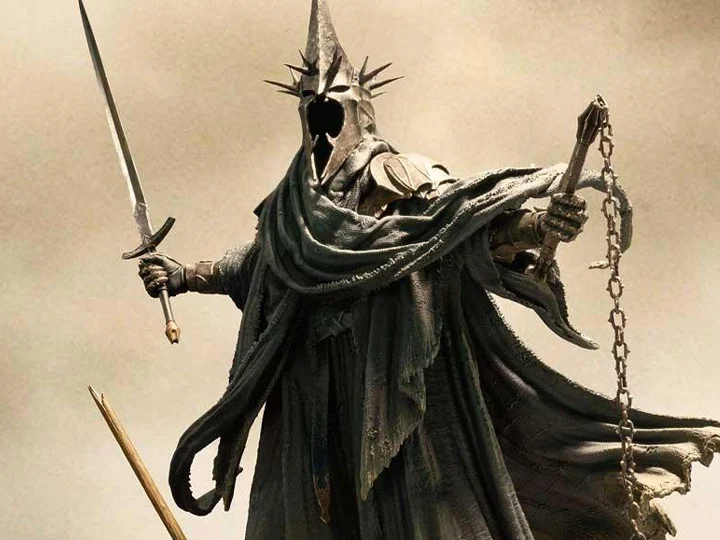
The leader of the Nazgûl, he is immune to any weapon wielded by man, making him nearly invincible in battle. His powers include sorcery, causing fear in his enemies, and commanding the forces of Mordor. The Witch King’s presence alone is enough to spread despair among his foes, and he can only be killed under very specific circumstances foretold in prophecy.
Doomsday (DC Comics)

Born from the prehistoric violence of Krypton, Doomsday is a creature with the singular purpose of destruction. His body adapts to whatever kills him, making him immune to it in the future. Doomsday possesses immense strength, durability, and regenerative abilities, making him one of the few beings capable of killing Superman.
Hela (Marvel Comics)
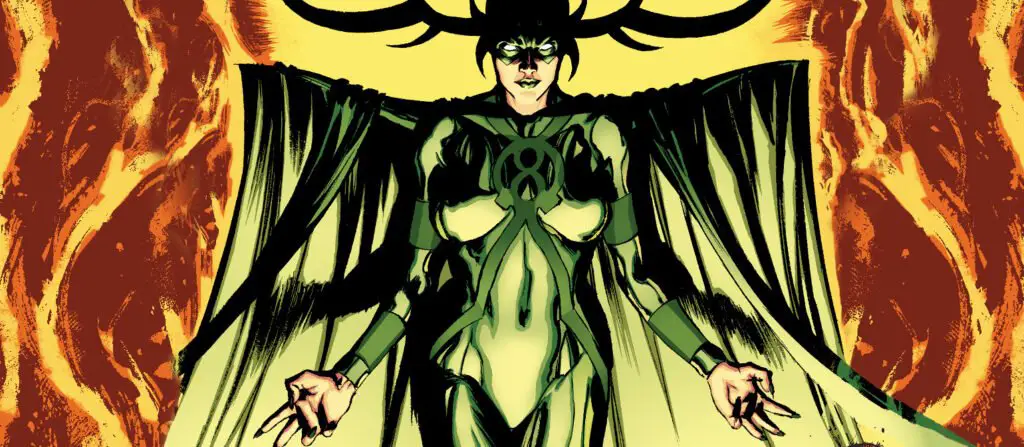
As the Asgardian Goddess of Death, Hela possesses vast powers over life and death, capable of killing with a touch or glance. She has superhuman strength, speed, and durability, and can manifest an infinite number of weapons. Hela’s ambition to conquer Asgard and beyond makes her a formidable opponent to Thor and the Asgardian gods.
Ozymandias (Watchmen)
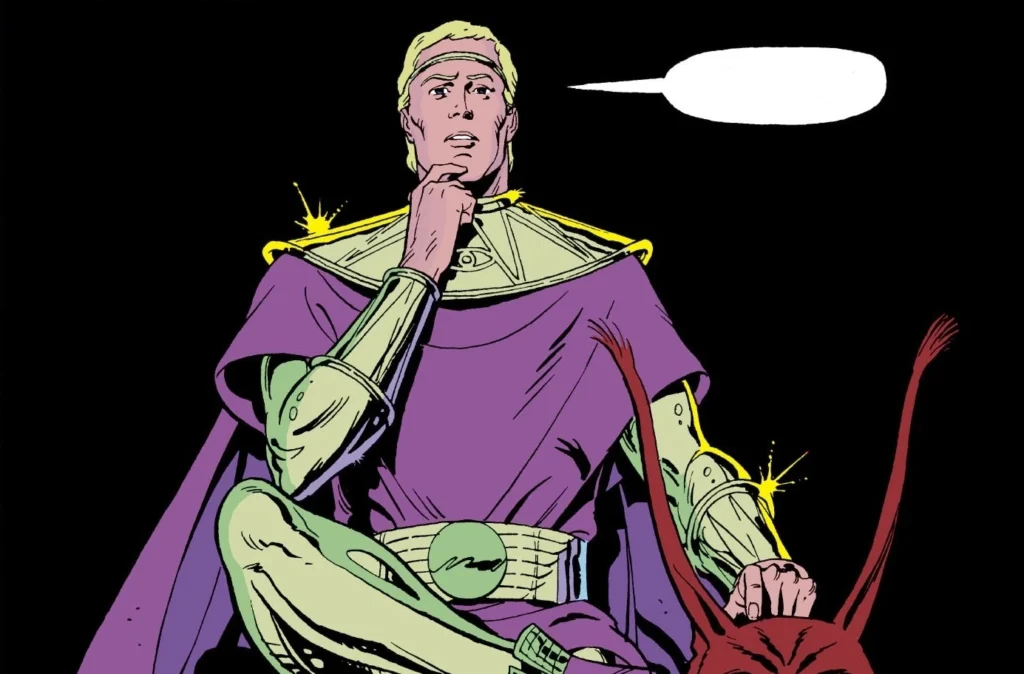
Adrian Veidt, known as Ozymandias, is considered the world’s smartest man. His physical abilities are at the peak of human potential, allowing him exceptional strength, speed, and agility. Veidt’s greatest weapon is his intellect, using his vast resources and strategic mind to execute a plan he believes will avert global catastrophe. His morally ambiguous actions and utilitarian philosophy make him a complex antagonist.
Kilgrave (Marvel Comics)

Kilgrave, also known as the Purple Man, possesses the ability to control minds through pheromones, forcing others to obey his verbal commands. This power makes him one of the most personally terrifying villains, as he invades the very will of his victims. Kilgrave’s obsession with Jessica Jones and his lack of empathy make him a deeply personal and psychological threat.
Shredder (Teenage Mutant Ninja Turtles)
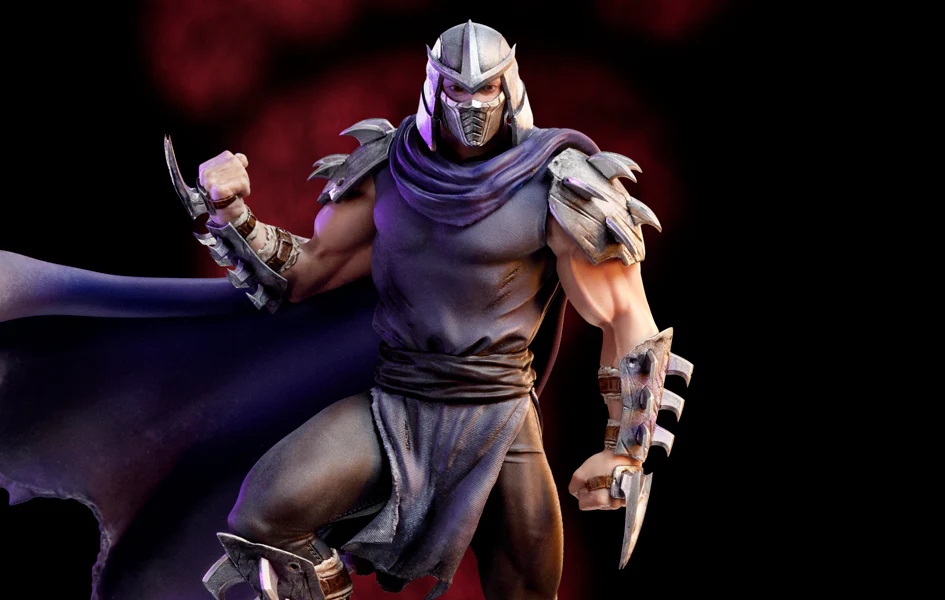
Oroku Saki, or the Shredder, is a master martial artist and the leader of the Foot Clan. His combat skills are enhanced by his armor, equipped with bladed weapons. Shredder’s mastery of ninjutsu and his personal vendetta against Splinter and the Turtles drive his relentless pursuit of power and revenge.
Ganondorf (The Legend of Zelda Series)

Ganondorf is a powerful sorcerer and the king of the Gerudo tribe, seeking to obtain the Triforce to conquer Hyrule. His magical abilities include manipulating dark energy, summoning monsters, and transforming into the beast Ganon. Ganondorf’s ambition and power make him a constant threat to Link and the kingdom of Hyrule.
Darkseid (DC Comics)
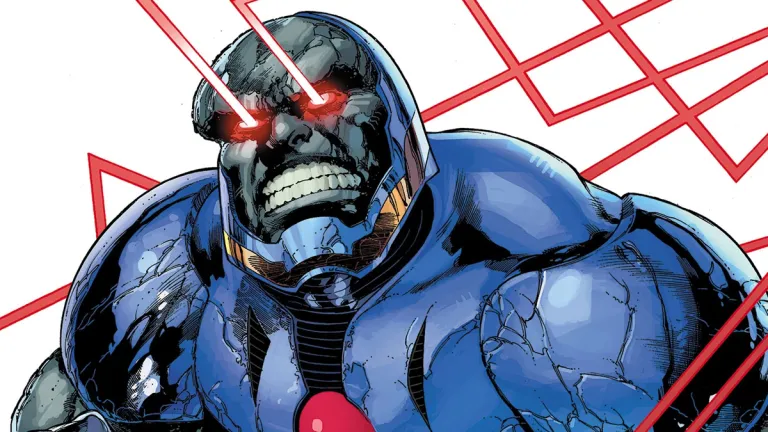
The ruler of Apokolips, Darkseid seeks to eliminate all free will in the universe with the Anti-Life Equation. His powers include superhuman strength, omega beams (energy blasts that seek their target), and telepathy. Darkseid’s god-like abilities and tyrannical rule make him a major threat to the Justice League and the entire DC Universe.
Maleficent (Disney’s Sleeping Beauty)

A powerful fairy with control over dark magic, Maleficent can curse individuals, transform into a dragon, and summon minions. Her mastery of magic and desire for revenge against those who wrong her make her one of Disney’s most iconic villains.
The White Witch (The Chronicles of Narnia)
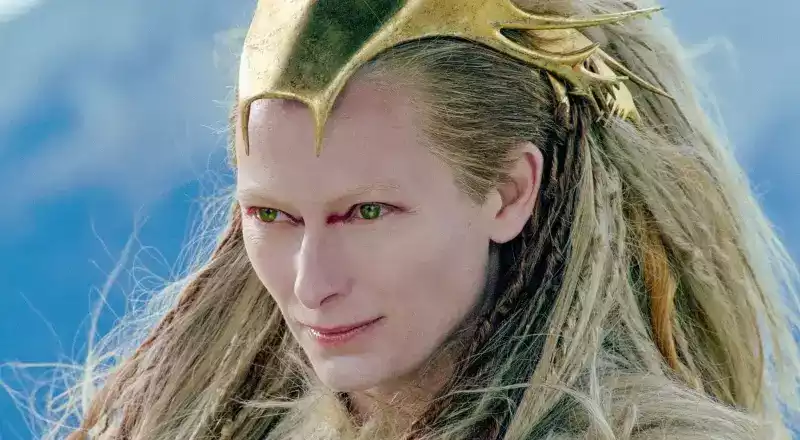
Jadis, the White Witch, has the power to turn her enemies into stone and cast a spell that brings eternal winter to Narnia. Her magical abilities, combined with her ruthless nature, make her a tyrannical ruler feared by all in Narnia.
Red Skull (Marvel Comics)

Johann Schmidt, known as the Red Skull, is one of Captain America‘s greatest enemies. A brilliant tactician and leader within HYDRA, his physical abilities are enhanced to the peak of human potential. Red Skull’s mastery of strategy, espionage, and his unwavering dedication to the cause of evil make him a persistent threat to freedom and democracy.
Aizen (Bleach)
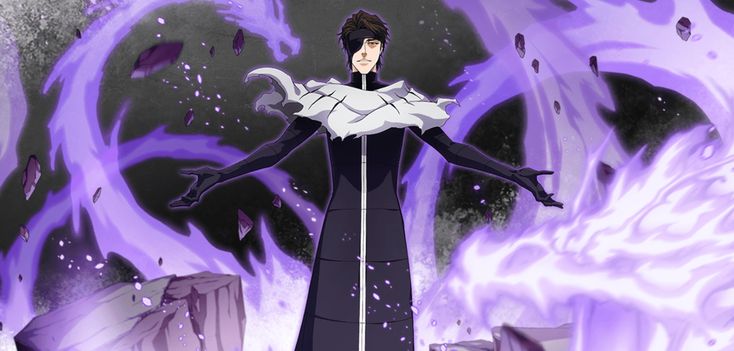
Sosuke Aizen is a former captain in the Soul Society with the ability to manipulate the senses of others, making him virtually untouchable. His intelligence and power of hypnosis, combined with his ambition for god-like power, make him one of the most dangerous villains in the Bleach universe.
Sephiroth (Final Fantasy VII)
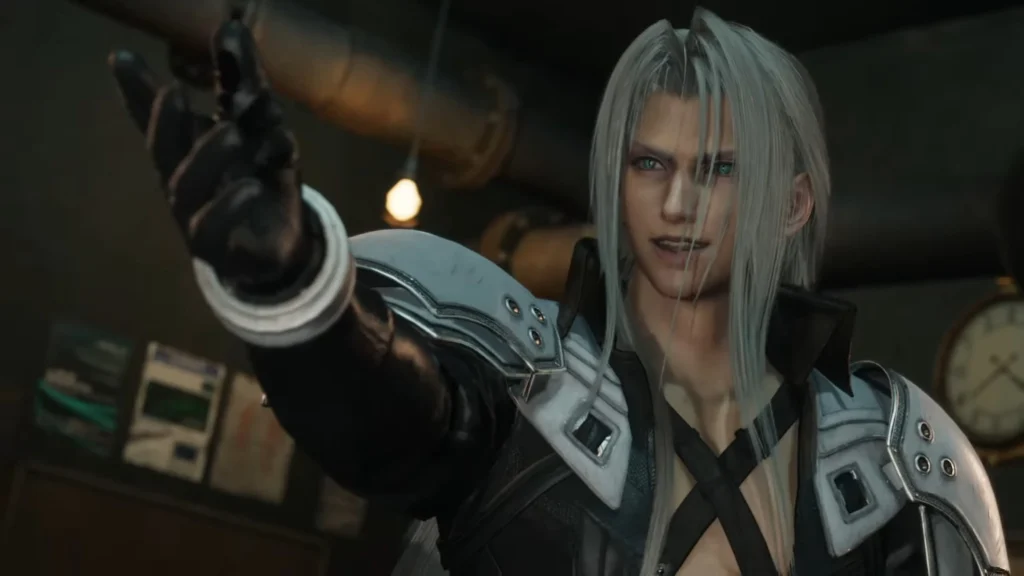
Sephiroth is a legendary SOLDIER turned villain, wielding immense strength and the iconic Masamune sword. His abilities include telekinesis, flight, and summoning powerful magic. Sephiroth’s quest for vengeance and his god-like aspirations drive him to commit catastrophic acts, making him a central figure in the Final Fantasy VII saga.
Glados (Portal Series)

GLaDOS (Genetic Lifeform and Disk Operating System) is an AI with control over the Aperture Science facility, known for her cold, calculating nature and psychological manipulation. Her control over the facility’s mechanisms and her ability to create deadly tests for the protagonist, Chell, make her a unique and memorable villain in video gaming.
Frieza (Dragon Ball Z)

Frieza is one of the most feared tyrants in the universe, known for his ruthlessness and power. He possesses immense strength, speed, and durability, capable of surviving in the harsh vacuum of space. Frieza can manipulate energy to create powerful attacks, such as the Death Beam and the planet-destroying Supernova.
His ability to transform into several forms, each more powerful than the last, allows him to conserve his energy or unleash his full power when necessary. Frieza’s most terrifying ability is his capacity for destruction, capable of annihilating entire planets and species without a second thought.
Moriarty (Sherlock Holmes)

Professor James Moriarty is the archenemy of Sherlock Holmes, often considered the “Napoleon of Crime” due to his high intellectual level and his position as a mastermind behind a complex web of criminal activities. Moriarty’s genius lies in his ability to orchestrate crimes perfectly, leaving no evidence behind.
He does not possess superpowers in the traditional sense, but his superior intellect, strategic mind, and mastery of mathematics and manipulation make him a formidable opponent. Moriarty’s influence and control over the criminal underworld allow him to clash with Holmes on a cerebral level, making their confrontations a battle of wits.
Scar (The Lion King)
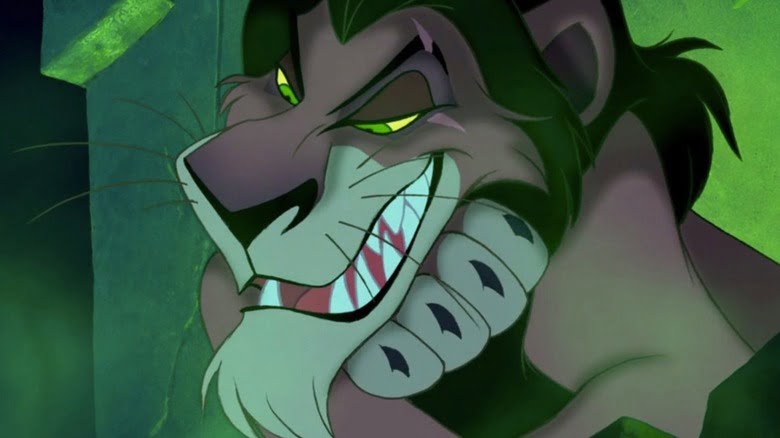
Scar is known for his cunning and ambition, driven by jealousy and a desire for power. While he lacks the physical strength of his brother Mufasa or his nephew Simba, Scar’s intelligence and manipulative nature are his true weapons.
He orchestrates the murder of Mufasa and convinces Simba he is to blame, showcasing his skill in deception and psychological manipulation. Scar’s ability to rally the hyenas to his cause through promises of power and food demonstrates his persuasive skills, even if his leadership ultimately leads to the Pride Lands’ ruin.
The Borg Queen (Star Trek)
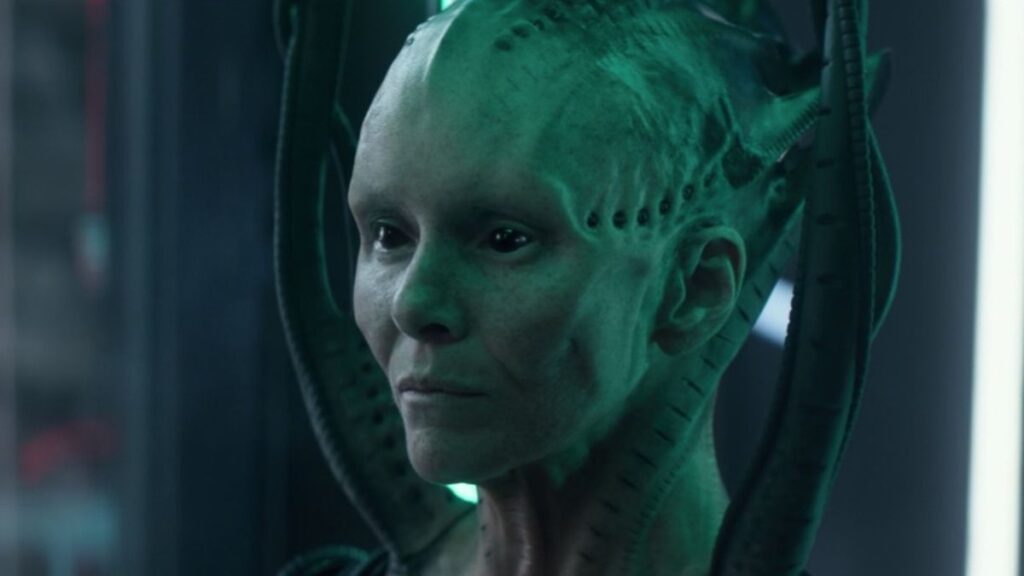
The Borg Queen is the embodiment of the Borg Collective’s will, providing a singular voice and direction to the otherwise vast hive mind of cybernetically enhanced drones. Her primary ability is her control over the Collective, allowing her to command millions of Borg drones across the galaxy.
The Queen can assimilate individuals and technologies, adding their distinctiveness to the Collective. She is also capable of regenerating and replacing parts of her body, making her difficult to destroy. The Borg Queen’s intelligence and strategic thinking make her a persistent threat to the United Federation of Planets and the entire galaxy.
Agent Smith (The Matrix)
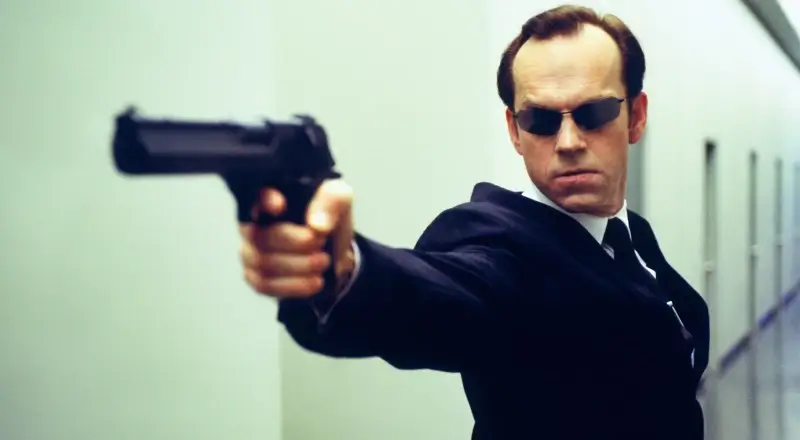
Originally an agent of the Matrix, Agent Smith evolves into a rogue program with the ability to replicate himself by assimilating other entities within the Matrix. His superhuman strength, speed, and durability make him a formidable opponent in hand-to-hand combat and gunfights.
Smith’s most dangerous ability is his replication, allowing him to create an army of clones of himself, overwhelming his enemies through sheer numbers. His desire to escape the Matrix and his view of humanity as a virus make him a unique and existential threat.
Saruman (The Lord of the Rings)

Saruman the White is a wizard of great power, initially the head of the Order of Wizards. His abilities include a deep knowledge of magic and lore, the power to influence the minds of others through his voice, and control over the elements.
Saruman’s fall from grace is marked by his betrayal, as he seeks power for himself, aligning with Sauron. He creates an army of Uruk-hai to wage war against Rohan and the Fellowship. Despite his vast knowledge and power, Saruman’s ambition leads to his downfall.
The Governor (The Walking Dead)

Philip Blake, known as the Governor, is a charismatic leader with a dark and psychopathic side. He does not possess superpowers but is a skilled manipulator and strategist, creating a facade of a safe and welcoming community in Woodbury while ruling with an iron fist.
His ability to charm and deceive masks his true nature, allowing him to commit atrocities in the name of survival. The Governor’s leadership skills and ruthlessness make him a dangerous adversary in a world overrun by zombies.
Hannibal Lecter (The Silence of the Lambs)

Dr. Hannibal Lecter is a brilliant psychiatrist and a cannibalistic serial killer, possessing a profound understanding of the human mind. His intelligence, coupled with his culinary skills in preparing his victims, makes him a unique and terrifying figure.
Lecter’s ability to manipulate others, along with his sophisticated demeanor, hides his monstrous nature. His insights into the minds of other killers make him an invaluable asset to the FBI, even as he plays a dangerous game of cat and mouse with those who seek to understand or capture him.
Norman Bates (Psycho)
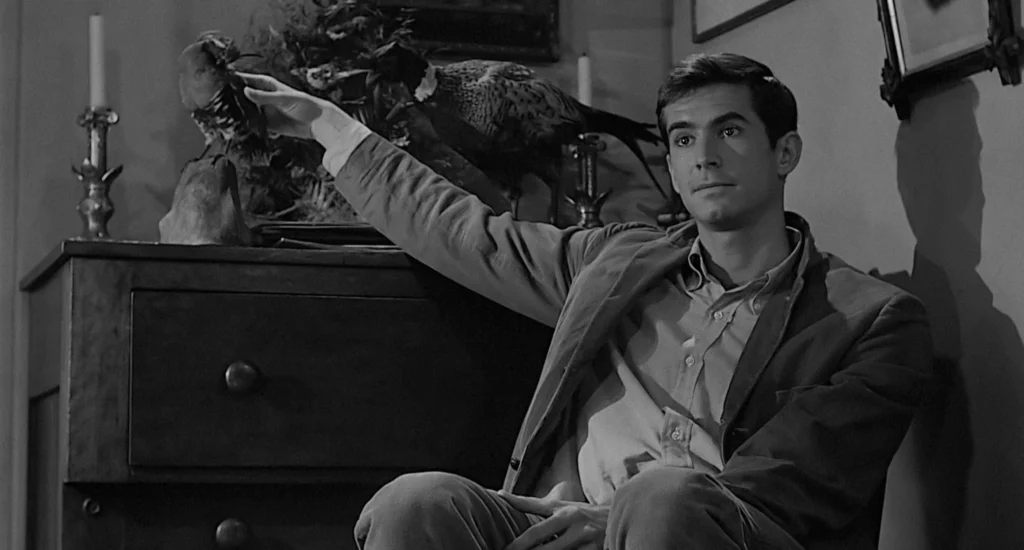
Norman Bates is the proprietor of the Bates Motel, where he lives under the oppressive influence of his deceased mother, leading to his development of a split personality. Norman’s primary weapon is his ability to maintain a facade of normalcy, which he uses to lure his victims into a false sense of security. His psychological complexity and unpredictability make him a memorable and chilling villain, embodying the dangers of unresolved mental illness and familial manipulation.
Joffrey Baratheon (Game of Thrones)
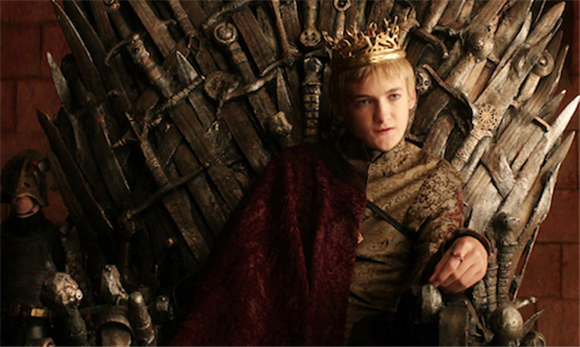
King Joffrey Baratheon is a young ruler known for his cruelty, sadism, and unpredictable temper. While he possesses no superpowers, his position as king gives him considerable power over the Seven Kingdoms, which he wields without wisdom or compassion.
Joffrey’s tendency to use his power to torment and execute those who displease him or threaten his authority makes him one of the most hated rulers in Westeros. His lack of strategic thinking and reliance on others for protection highlight his weaknesses as a leader.
Negan (The Walking Dead)

Negan stands out as a charismatic and ruthless leader of the Saviors, wielding a barbed wire-wrapped baseball bat named Lucille, which he uses to enforce his rule and instill fear. Unlike traditional villains with superpowers, Negan’s strength lies in his charismatic leadership, strategic mind, and a brutal approach to maintaining order.
His ability to manipulate and control people, combined with his own set of twisted morals, makes him a formidable adversary in the post-apocalyptic world of “The Walking Dead.” Negan’s complex personality, blending charm with cruelty, challenges the moral compass of the series’ protagonists and adds depth to the narrative’s exploration of survival and power.
Davros (Doctor Who)
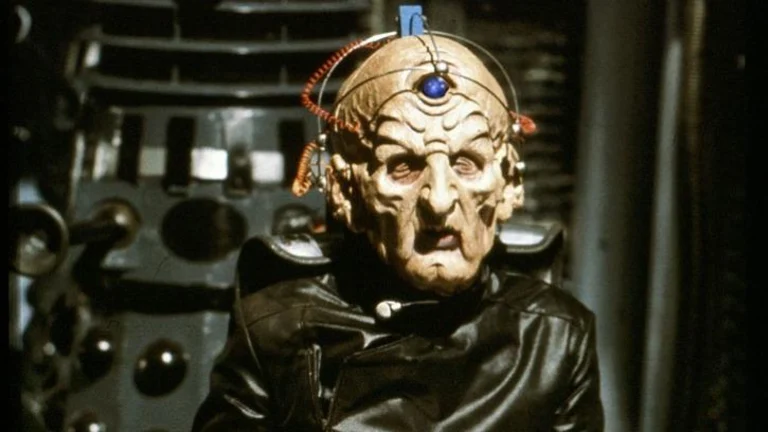
Davros is the genius but twisted creator of the Daleks, one of the most feared races in the universe. Paralyzed and severely disfigured, Davros’s physical frailties are offset by his brilliant mind and technological prowess. He designed the Daleks to be devoid of any emotion except hate, reflecting his own deep-seated misanthropy and desire for supremacy.
Davros possesses a manipulative genius, able to sway even the Daleks, who view him as their creator and god. His mastery of genetic engineering and robotics, combined with a nihilistic vision of a universe cleansed of all non-Dalek life, makes him a persistent threat to the Doctor and the cosmos.
Azula (Avatar: The Last Airbender)
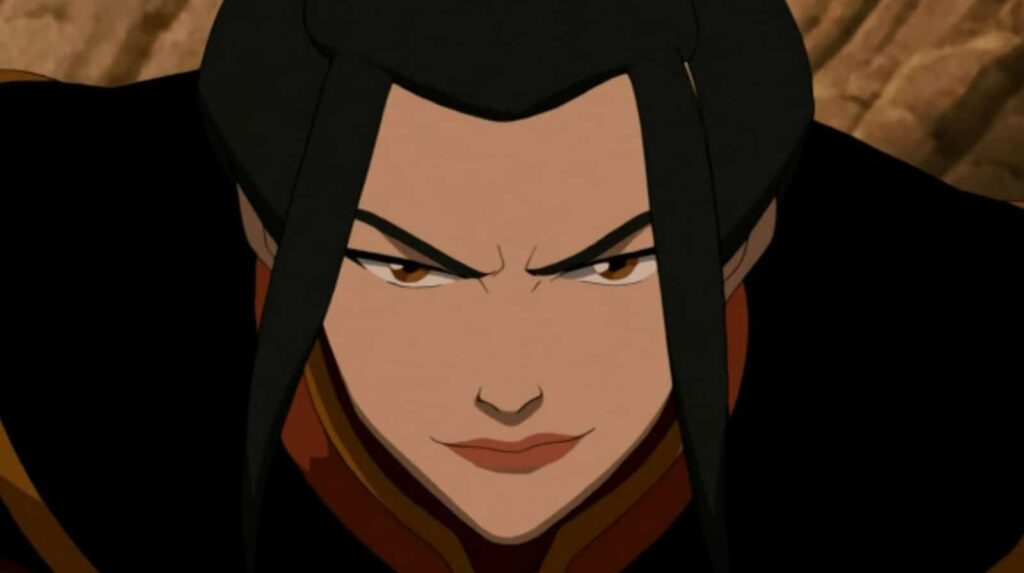
Princess Azula is a firebending prodigy, capable of producing blue flames, which are hotter and more intense than the standard orange flames, indicating her mastery over firebending. Her ability to generate and direct lightning showcases her precision and power.
Beyond her bending skills, Azula’s true danger lies in her cunning mind, strategic thinking, and manipulative personality, which allow her to outmaneuver her enemies and even her allies. Her descent into paranoia and madness only amplifies her threat level, making her one of the most complex and formidable villains in the series.
Iago (Othello)
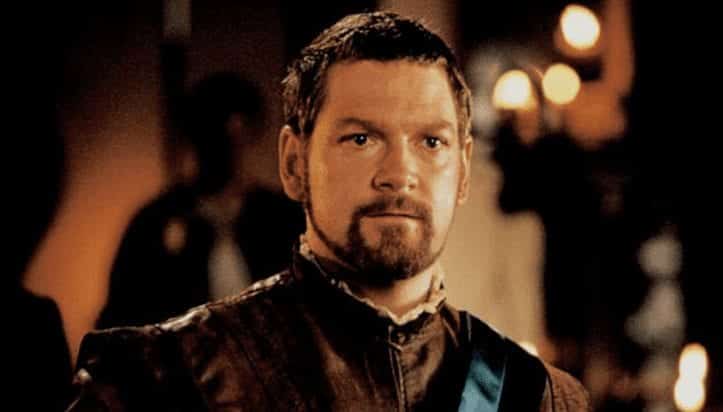
Iago, from Shakespeare’s “Othello,” is a master manipulator, using his deep understanding of human nature to exploit the weaknesses of those around him. He lacks physical superpowers but possesses a dangerous intellectual and psychological prowess.
Iago’s manipulation leads to the tragic downfall of Othello, Desdemona, and others, driven by his ambiguous motives of jealousy and resentment. His ability to orchestrate chaos while maintaining his guise as an honest and loyal ensign makes him one of literature’s most insidious villains.
Annie Wilkes (Misery)

Annie Wilkes, a former nurse and obsessed fan, showcases no supernatural abilities but her psychological instability and obsession with novelist Paul Sheldon drive her to extreme acts of violence. Her medical knowledge becomes a tool for torture and control, keeping Sheldon captive and forcing him to write.
Annie’s unpredictability, combined with her physical strength and willingness to use violence to achieve her ends, makes her a terrifyingly realistic antagonist in Stephen King’s “Misery.”
The Master (Doctor Who)
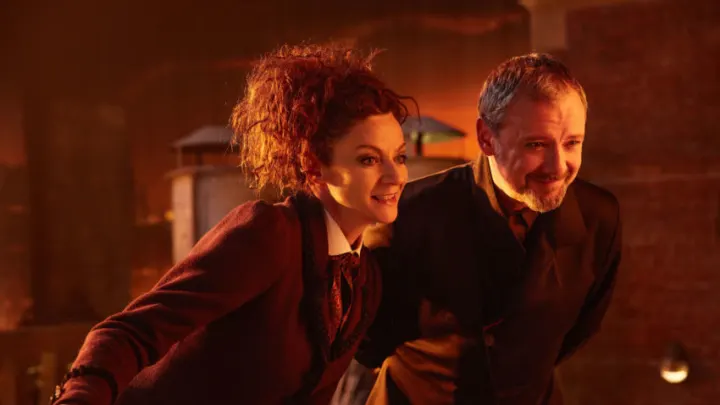
The Master is a Time Lord like the Doctor, possessing a brilliant mind, mastery over time travel, and the ability to regenerate, which grants him new bodies and personalities. His use of advanced technology and time manipulation, combined with a deep understanding of the dark arts of the Time Lords, makes him a formidable opponent.
The Master’s charisma and manipulative skills are often used to amass followers and create chaos, reflecting his desire for power and domination, as well as a personal vendetta against the Doctor.
Cersei Lannister (Game of Thrones)
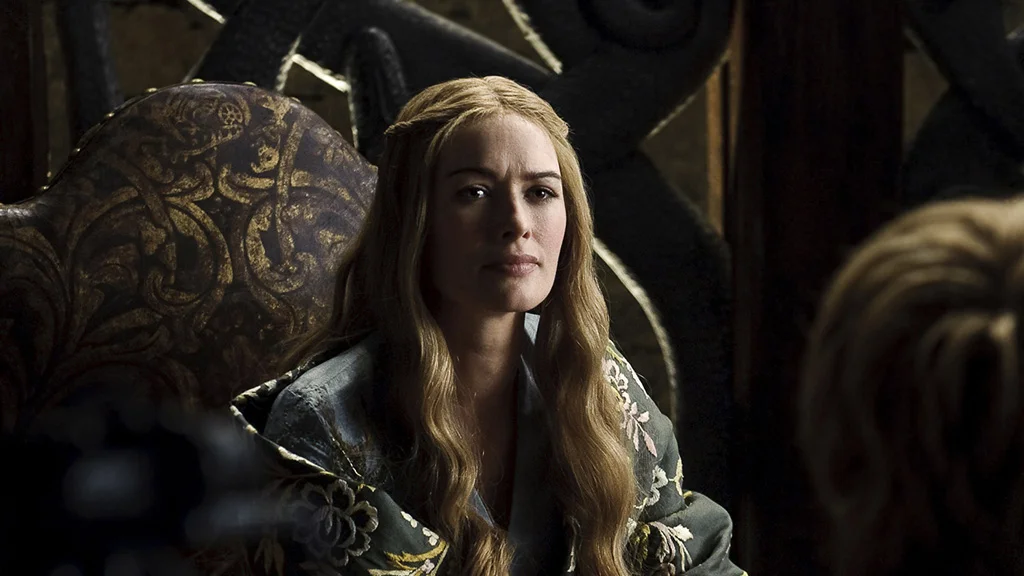
Cersei Lannister uses her intelligence, political acumen, and ruthlessness to navigate the dangerous waters of Westerosi politics. While she lacks physical superpowers, her strategic mind and willingness to use violence and manipulation to protect her children and maintain her power make her a formidable player in the game of thrones.
Cersei’s use of wildfire to eliminate her enemies in one fell swoop demonstrates her capacity for cruelty and her determination to hold onto power at any cost.
Tywin Lannister (Game of Thrones)

Tywin Lannister, the head of House Lannister, is a strategic mastermind and a ruthless leader. His power lies in his wealth, military prowess, and political influence, which he uses to secure his family’s position in the realm.
Tywin’s cold and calculating approach to governance, willingness to engage in brutal tactics to achieve his ends, and his manipulation of political marriages for strategic alliances make him a dominant and feared figure in Westeros.
Pennywise (It)

Pennywise, the Dancing Clown, is the manifestation of an ancient cosmic evil that preys on the children of Derry, Maine. It can shape-shift into its victim’s worst fears, making it nearly impossible to combat. Pennywise feeds on fear, gaining power from the terror of its victims.
Its ability to manipulate reality to a certain extent, combined with its immortality and influence over the town of Derry, makes Pennywise a deeply psychological and existential threat.
Judge Claude Frollo (The Hunchback of Notre Dame)
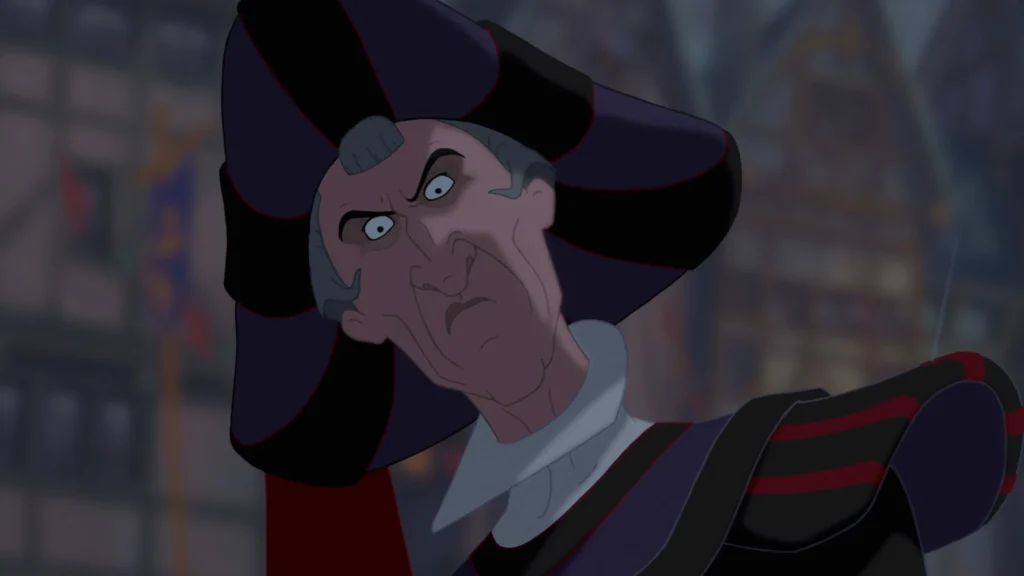
Frollo is a complex villain driven by his twisted sense of moral righteousness, obsession, and lust for Esmeralda. While he possesses no physical superpowers, his position of power as the judge of Paris and his command over the city’s guards allow him to pursue his goals with zealotry.
Frollo’s manipulation of Quasimodo and his willingness to commit atrocities under the guise of justice and purity showcase his dangerous hypocrisy and the depth of his villainy.
Crafting the Perfect Nemesis
The creation of a supervillain is an art form. It’s about crafting a character who not only poses a physical threat to our heroes but also challenges their morals, ethics, and beliefs. The perfect nemesis is the mirror image of the hero, embodying their shadow selves and representing what they could become if they stray from their path.
Think of the Joker to Batman; his chaotic nature contrasts Batman‘s order, creating a dynamic that explores the essence of control, freedom, and the cost of vigilance. This juxtaposition elevates the narrative, making the conflict between hero and villain a captivating dance of ideologies.
The Rise of Female Villains
In recent years, there’s been a noticeable increase in the prominence and complexity of female villains in comics and their adaptations. Characters like Hela, Mystique, and Harley Quinn have taken center stage, showcasing a range of motivations from world domination to personal liberation.
These characters break away from traditional roles, offering a nuanced look at femininity, power, and rebellion. They’re not just antagonists; they’re characters with their own stories, desires, and ambitions, challenging the heroes and the audience alike to rethink the role of women in the narrative of good versus evil.
The Psychology of Villainy
Understanding the psychology behind villainy offers a fascinating glimpse into what drives someone to become an antagonist. Many of the greatest supervillains have motivations rooted in personal trauma, societal rejection, or the corruption of power.
Exploring these psychological dimensions provides depth to their characters, making them more relatable and sometimes even sympathetic to the audience. It’s this psychological realism that elevates them from mere obstacles to be overcome to integral parts of the story that enrich the narrative and challenge both the characters and the audience.
Global Threats and Cosmic Villains
As the scope of Superheros narratives expands, so too does the scale of the threats they face. Cosmic villains like Thanos and Galactus bring with them challenges that go beyond personal or even planetary stakes, confronting heroes with existential threats.
These characters force us to confront the fragility of our existence and the concept of power on a cosmic scale. Their motivations often transcend simple good versus evil, delving into the necessity of balance, the inevitability of change, and the smallness of humanity within the vastness of the universe.
The Role of Humor in Villainy
Not all villains are brooding, complex characters; some use humor as their weapon, disarming both heroes and audiences with their wit. Characters like Deadpool (who straddles the line between hero and villain) and Loki use humor to critique the world around them, poking fun at the absurdity of both heroics and villainy.
This use of humor adds a layer of relatability and humanity to these characters, making their moments of seriousness all the more impactful.
Villainous Teams and Their Dynamics
The dynamics within villainous teams, such as the Sinister Six or the Legion of Doom, offer a unique perspective on cooperation and conflict among those with nefarious intentions. These alliances are often marked by power struggles, betrayals, and the clashing of egos, mirroring the complexities of real-world relationships and group dynamics.
Observing how these teams work together (or don’t) to achieve their goals adds another layer of intrigue to their stories, highlighting the diversity of villainy.
Conclusion
The world of supervillains is as varied and complex as that of the heroes they oppose. From the evolution of their motivations to the introduction of female villains and the impact of technology, each aspect of villainy offers a mirror to our society, reflecting our fears, ambitions, and the dual nature of humanity.
As we continue to explore these characters in comics and on screen, they remind us that the line between hero and villain is often a matter of perspective, and that understanding the darkness is essential to appreciating the light.
Who is the most powerful supervillain?
Thanos, Darkseid, and Galactus are among the most powerful, known for their universe-threatening abilities.
Do supervillains ever become heroes?
Yes. Magneto, Loki, and Harley Quinn have all had arcs transitioning towards heroism or anti-heroism.
What makes a supervillain memorable?
Memorable villains have compelling motivations, a strong connection to the hero, unique abilities, and complex personalities.
How do supervillains affect superhero development?
They challenge heroes’ beliefs and limits, fostering growth and deeper character development.
Are supervillains reflections of societal fears?
Yes. They often represent fears like technology misuse, power corruption, or extremism, allowing stories to explore and confront these anxieties.

